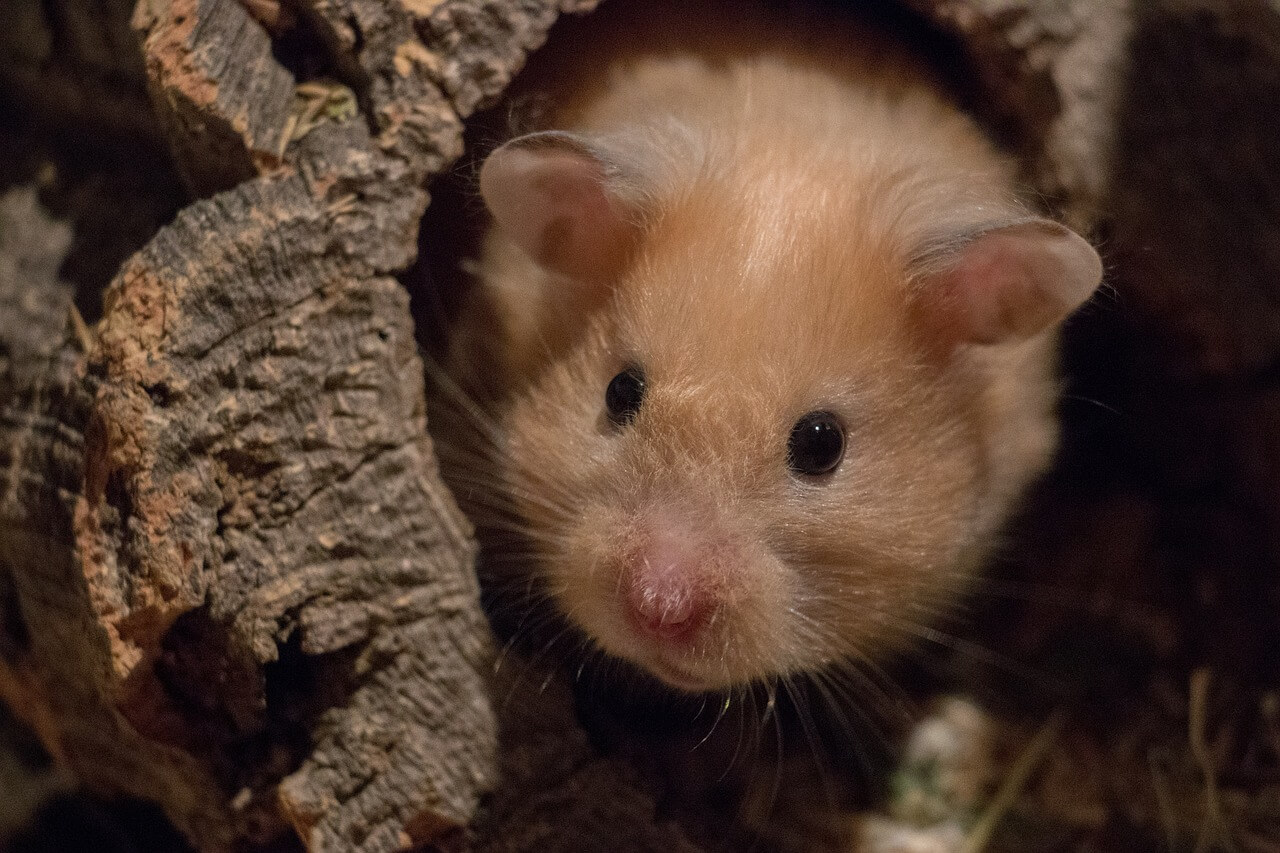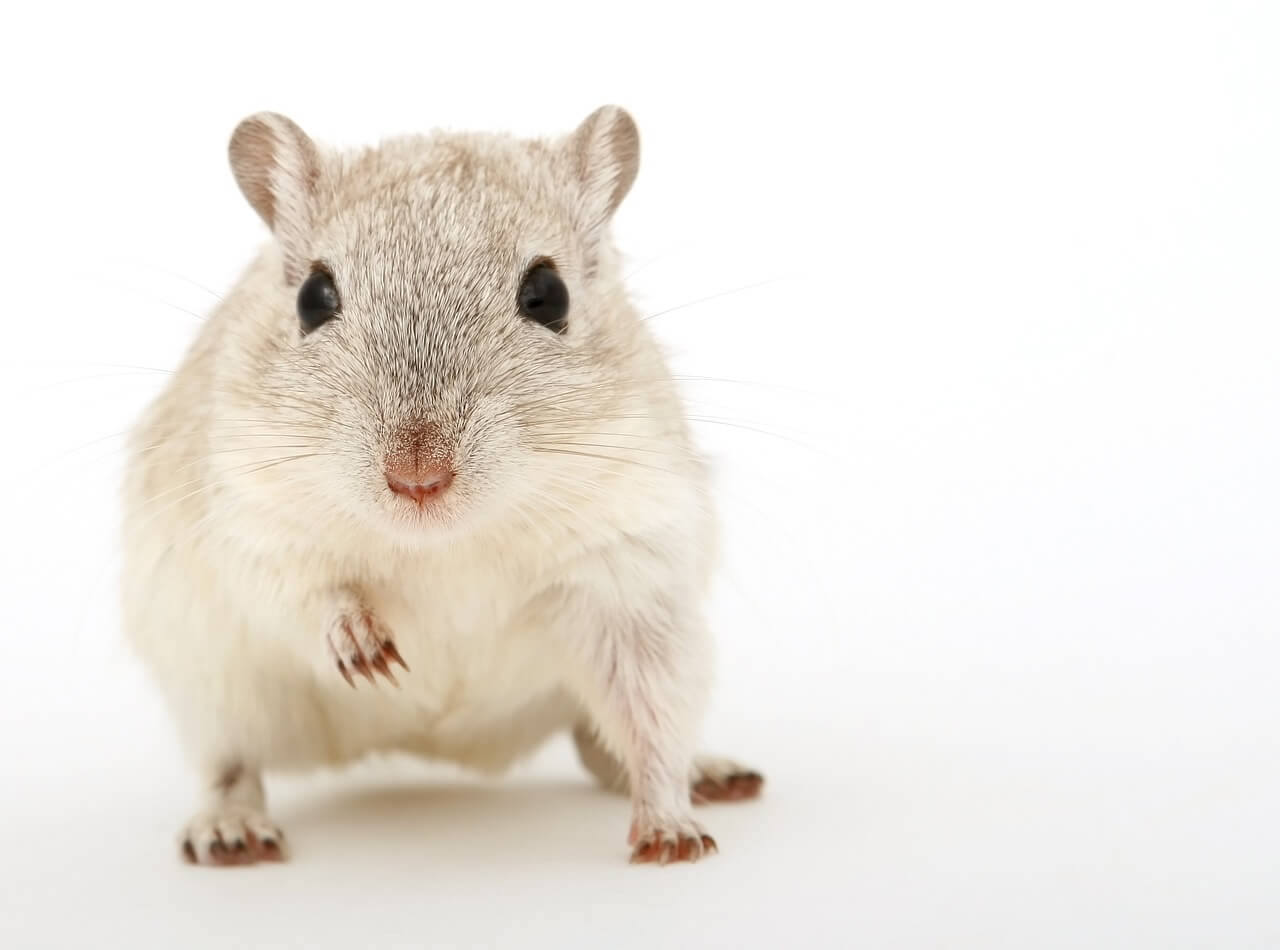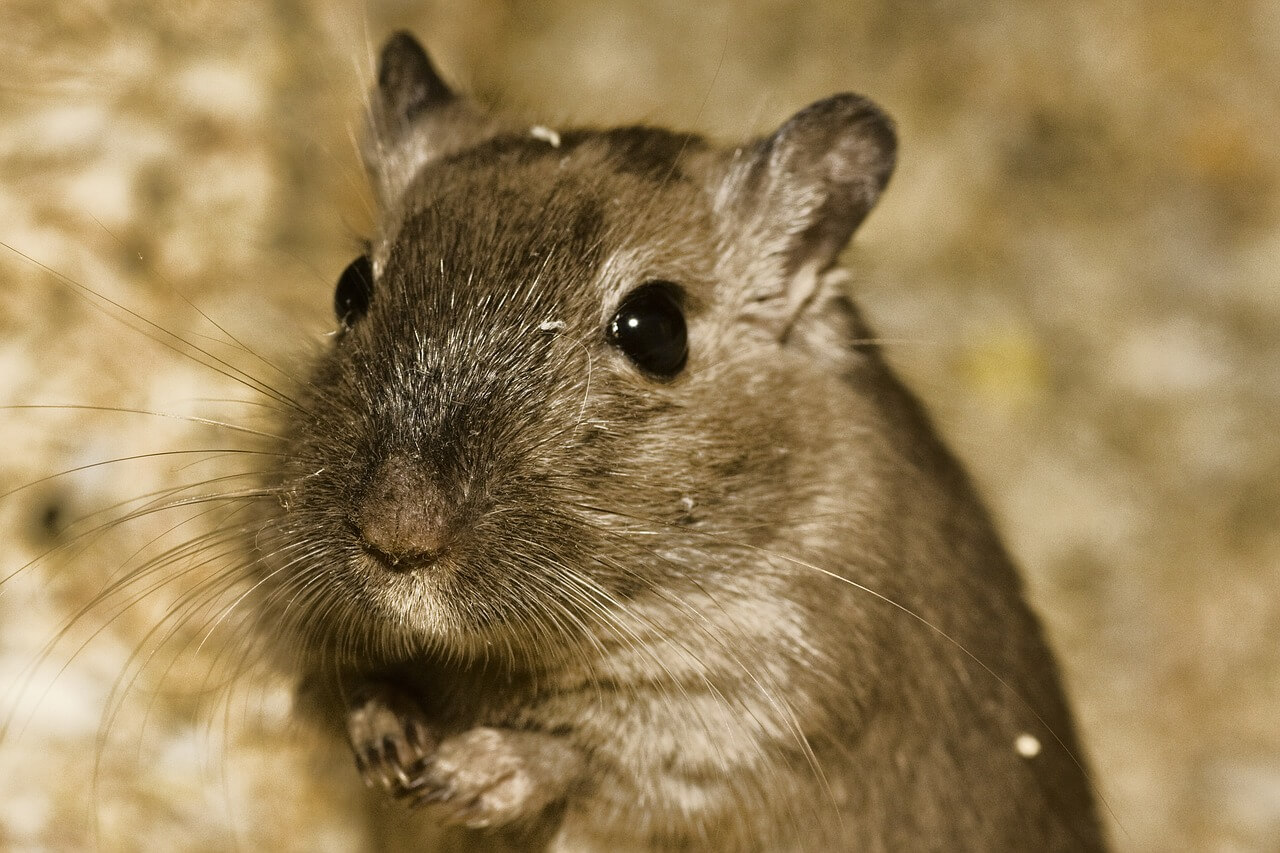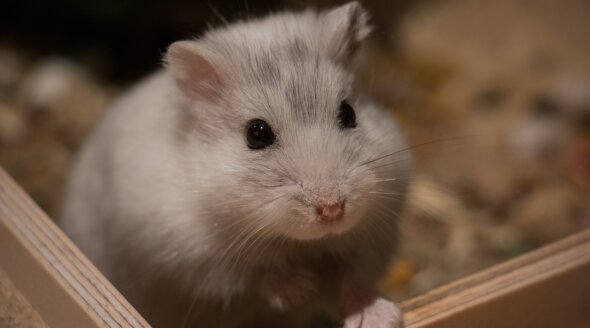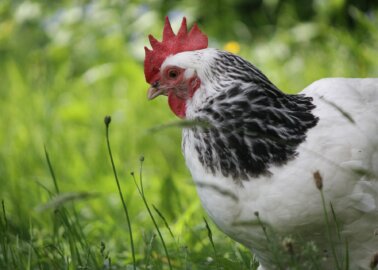5 Hamster Facts You Need to Know
Hamsters are curious and playful, and they have very specific needs. Read on to learn how to provide a hamster with the best care and why you should never buy one from a pet shop.
1. Never Buy a Hamster
If you buy a hamster – or any other animal – from a pet shop or breeder, you’re supporting a cruel and greedy industry. The pet trade treats animals like money-making commodities to be mass-produced and peddled for profit, and the animals are routinely denied socialisation, exercise, and even basic veterinary care.
Buying any animal from a breeder or pet shop denies an animal in a shelter a home and fuels the exploitative industry that causes the homeless-animal crisis. If you’re considering welcoming an animal companion into your home, please never buy – always adopt from a reputable shelter or rescue group instead.
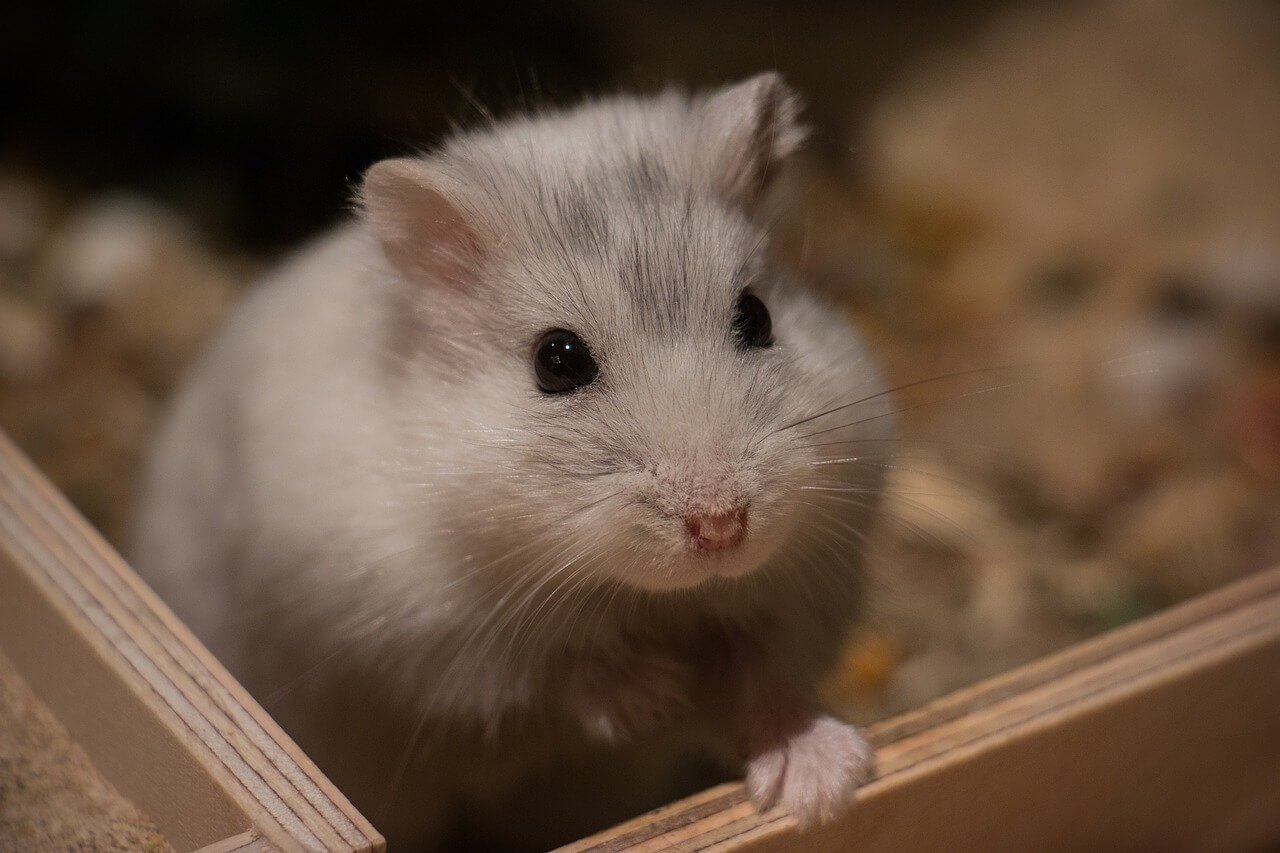
2. Hamsters Need a Large, Secure Home
Cages sold in shops are typically far too small for the hamsters they’re supposed to house, which can lead these animals to suffer from cage rage – a stress-related condition that can result in behavioural issues like biting and excessive urinating. Large hamsters should have a minimum of 5,160 square centimetres of floor space, and dwarf hamsters should have at least 4,130 square centimetres. As hamsters naturally burrow, make nests, and climb, they should also be provided with the vertical space and necessary materials to express this natural behaviour.
Because most commercial cages are unsuitable, we’d recommend building an enclosure that gives your hamster enough space to explore.
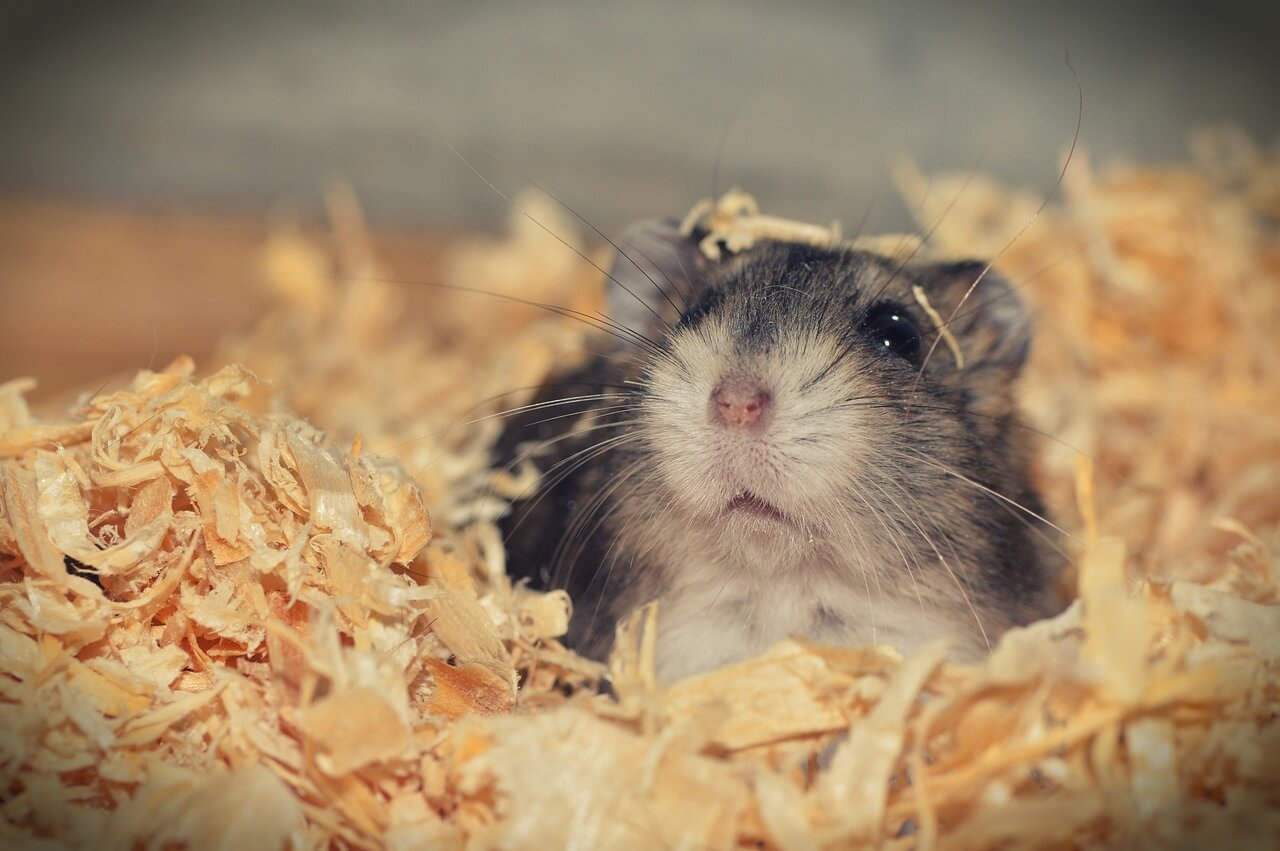
3. Hamsters Need Safe and Appropriate Toys
The typical hamster ball and wheel were not designed with a hamster’s well-being in mind. Both toys are often made too small, causing hamsters to arch their back to unnatural angles. It may be necessary to purchase a wheel marketed for rats to ensure your hamster can enjoy the toy without causing them physical harm.
While an appropriately sized wheel can be enjoyed safely, a hamster ball is not recommended. As hamsters have poor eyesight, they use their whiskers to navigate, but they’re unable to do this when trapped inside a ball, causing them to become panicked and disorientated. Hamsters’ legs can also get trapped in a ball’s air holes, which can lead to broken bones. A safe alternative to this dangerous toy could be a playpen or hamster-proof room they can explore.
We also recommend providing hamsters with a sand bath – this is particularly important for hamsters belonging to dwarf species.
4. Hamsters Eat a Specific Diet
Hamsters require a specific diet to stay healthy and happy. The bulk of a hamster’s diet should consist of store-bought pellets designed specifically for them. Nuts, fresh fruit, and vegetables can be offered as treats – but only in very small portions. A hamster’s teeth never stop growing, so it’s vital to provide them with wood-based chew toys made of untreated softwood such as hawthorn, hazelnut, or apple wood or portions of non-toxic tree branches, like organic pear branches.
5. A Happy Hamster Lives Alone
While company and friendship are important for some animals, this is not the case for hamsters. Syrian hamsters can bond with a human guardian, but they should not live with another hamster, as they’re territorial and likely to fight. Dwarf hamsters, including members of the Roborovski, Russian, and Chinese species, can live with another hamster if they’re introduced at a young age, but fights can still occur.
The best plan is for you to be your hamster’s friend. Spend time observing and talking to them, but only hold them if they’re comfortable with you doing so, as hamsters don’t usually like to be handled.
A Hamster Is Not a ‘Starter Pet’
Describing any animal as a “starter pet” is speciesist. A hamster may be small, but looking after any animal is a big commitment – a hamster needs daily care, exercise, and attention. If you’re considering welcoming a hamster into your home, please ensure you can provide them with this. And of course, always adopt from a shelter or a rescue group – never buy a hamster or any other animal from a pet shop or breeder.
How You Can Help Hamsters
Around 3 million animals, including hamsters, are used in experiments in Britain every year. Out of the public eye, experimenters infect sensitive hamsters with dangerous bacteria, deliberately infest them with ticks, and force them to inhale substances. Testing on animals is not only cruel but also bad science that can delay scientific breakthroughs.
PETA scientists have developed the Research Modernisation Deal – a plan for ending the use of animals in laboratories. We’re calling on the government to embrace this plan and invest in relevant, effective non-animal methods. Join our campaign by signing the petition today:

